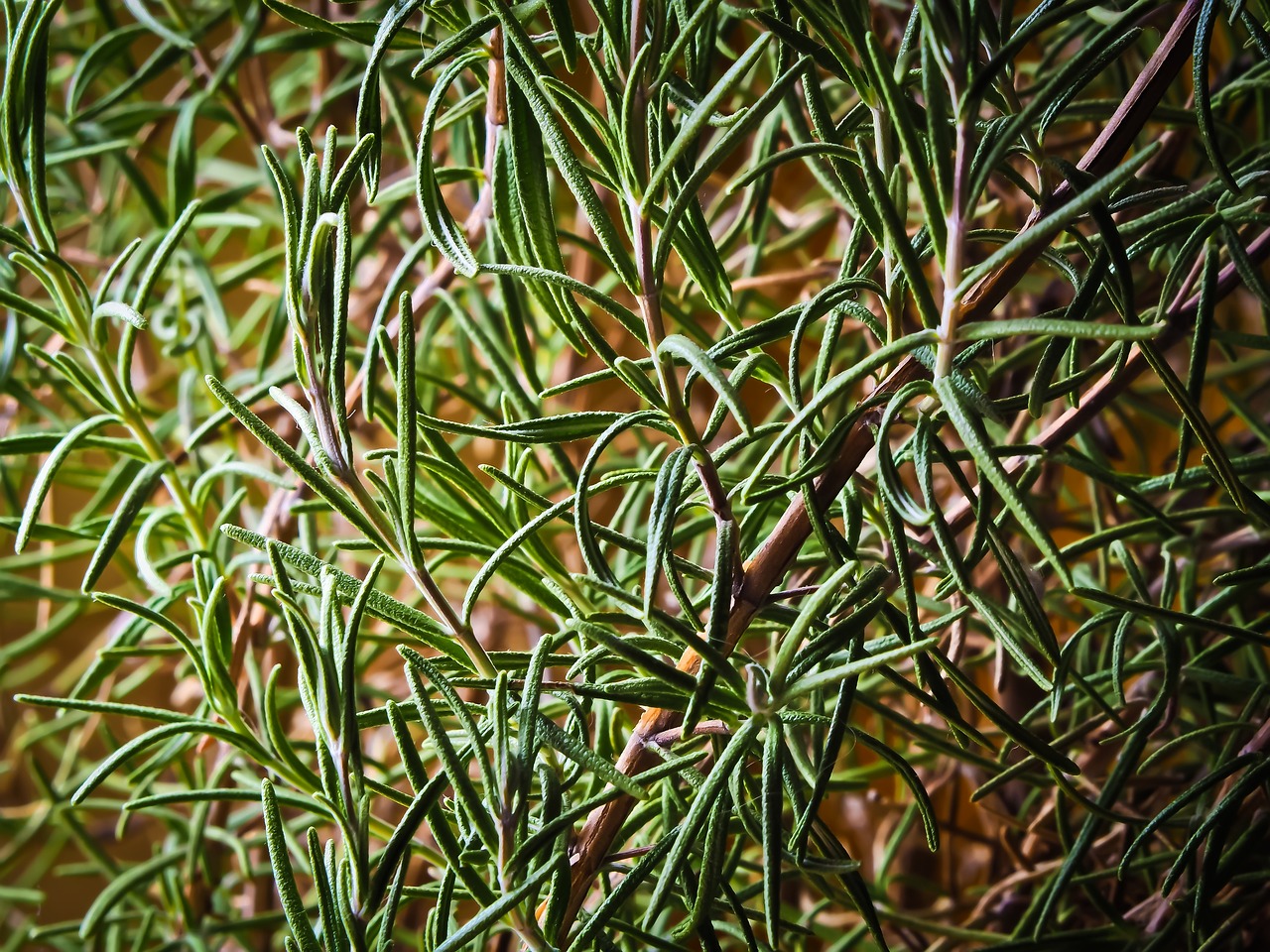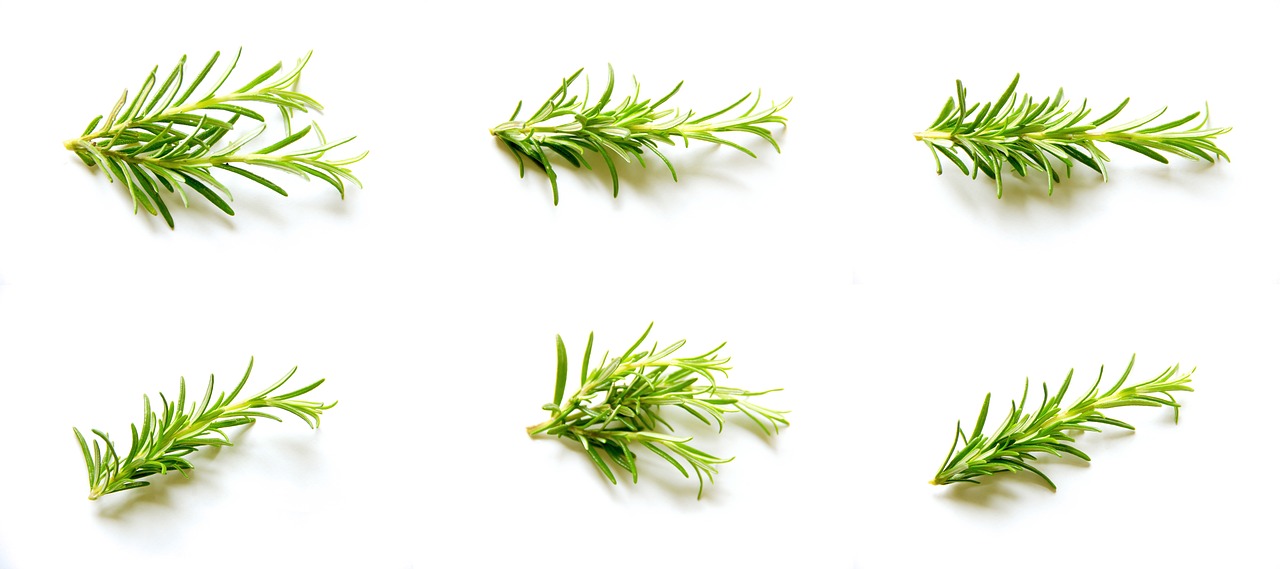Why Does Your Rosemary Sometimes Turn Black? There is an Explanation
With a rosemary plant, it is possible to obtain enormous benefits, even in the kitchen. Its numerous properties, acknowledged by nutrition experts, make it a must-have on our tables. Beyond providing a delightful scent, rosemary contains healthy elements beneficial for our body. Ideally, it would be better to have it fresh. However, this is not always possible; therefore, in some cases, it is necessary to “settle” for the solution in a jar.
When and why rosemary kept in a jar can turn black

Everything is fine until the leaves turn yellow or black. This change is not a positive sign; quite the opposite, it signals a deep state of uneasiness, which should push you to intervene to prevent the situation from worsening. But what are the exact reasons behind the phenomenon? There are several attributable reasons, for example, iodine infestation.

If iodine infestation is the issue, adopting a copper-based treatment would be a good idea. Consult your trusted retailer for advice on the specific steps to follow. Another possible cause is root rot, often influenced by inadequate soil drainage. The issue is less noticeable with potted plants; a solution lies in the repotting technique. It’s a simple process that can be done in just a few minutes.

When you are about to buy a new plant, carefully weigh the pros and cons of growing it in the ground versus in a pot. Evaluate the time and effort you’re willing to dedicate, understanding there’s no absolute best technique. The best approach depends on your specific needs. Despite its apparent simplicity, beginners often make the mistake of impulsively deciding without considering various variables.
If you notice black parts in the root system, use disinfected scissors or shears to cut them cleanly. This action will stop necrosis, preventing its spread throughout the entire root system.





